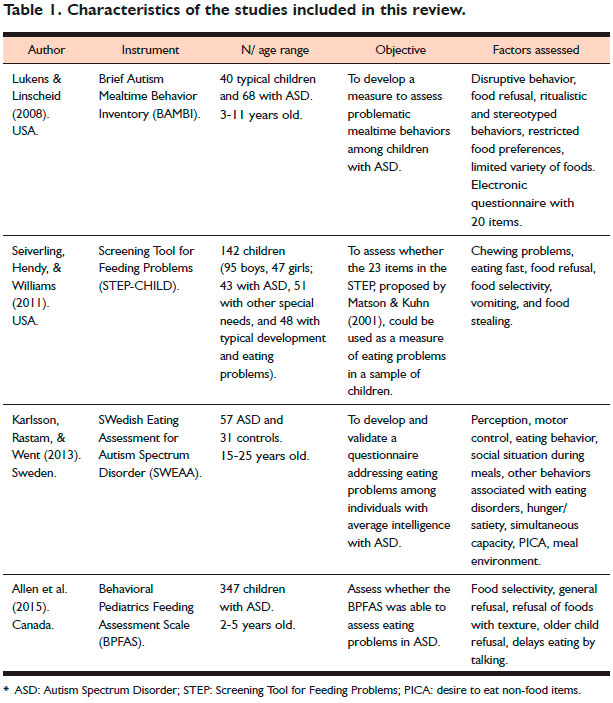


Also, it assesses and compares the current symptom expression with a patient’s historical expression of symptom. The SIAB involves a semi-structured interview process that analyses general psychopathology (depression, anxieties, and phobias) as well as disordered eating. Structured Interview for Anorexic and Bulimic Syndromes (SIAB-EX) – A reliable diagnostic assessment that has a wider approach to the EDE.This validated and reliable structured clinical interview can also report on emotional and cognitive processes implicated in binge eating. Binge Eating Scale (BES) – One of the most commonly used screening tools for detecting clinically significant binge eating behaviours.The EDI includes items on asceticism, body dissatisfaction, emotional dysregulation, social insecurity, and self-esteem.

Eating Disorder Inventory (EDI-3)– A standardised self-report measuring tool that analyses psychiatric symptoms associated with eating disorders in the general population.Eating Disorder Examination (EDE) – An expert semi-structured interview that analyses the psychopathology of eating disorders including dietary restraint, eating concern, weight concern, and shape concern.Clinicians are therefore required to detect what is objective and what is subjective, which can be done using the following, among others, eating disorder pathology assessments: Overall, there are several discrepancies between self-report results and investigator-based interviews. In addition, BED can evolve into anorexia nervosa or bulimia nervosa and vice versa. A BED diagnosis is challenging due to the wide spectrum of people that BED affects and the difficulty patients have in distinguishing what is typical and atypical.īED is associated with a high degree of psychiatric comorbidity namely anxiety disorders (65%), mood disorders (46%), impulse control disorders (43%) or substance use disorders (23%).Īlmost 50% of patients with BED have ≥ 3 comorbidities. The assessment for a BED diagnosis is not quantitative there is a subjective difficulty to overcome. A minimum of 1 day per week over a 3-month period (DSM-V)ĥ.Binge eating does not include the following:įurthermore, the DSM-V has a severity grading (episodes per week), which includes mild (1 to 3), moderate (4 to 7), severe (8 to 13), extreme (≥14).A minimum of 2 days per week over a 6-month period (DSM-IV).Feelings of disgust and guilt about overeating.Eating a larger than normal volume of food within a set period of timeĢ.Required to be specifically associated with at least 3 of the following:.


 0 kommentar(er)
0 kommentar(er)
